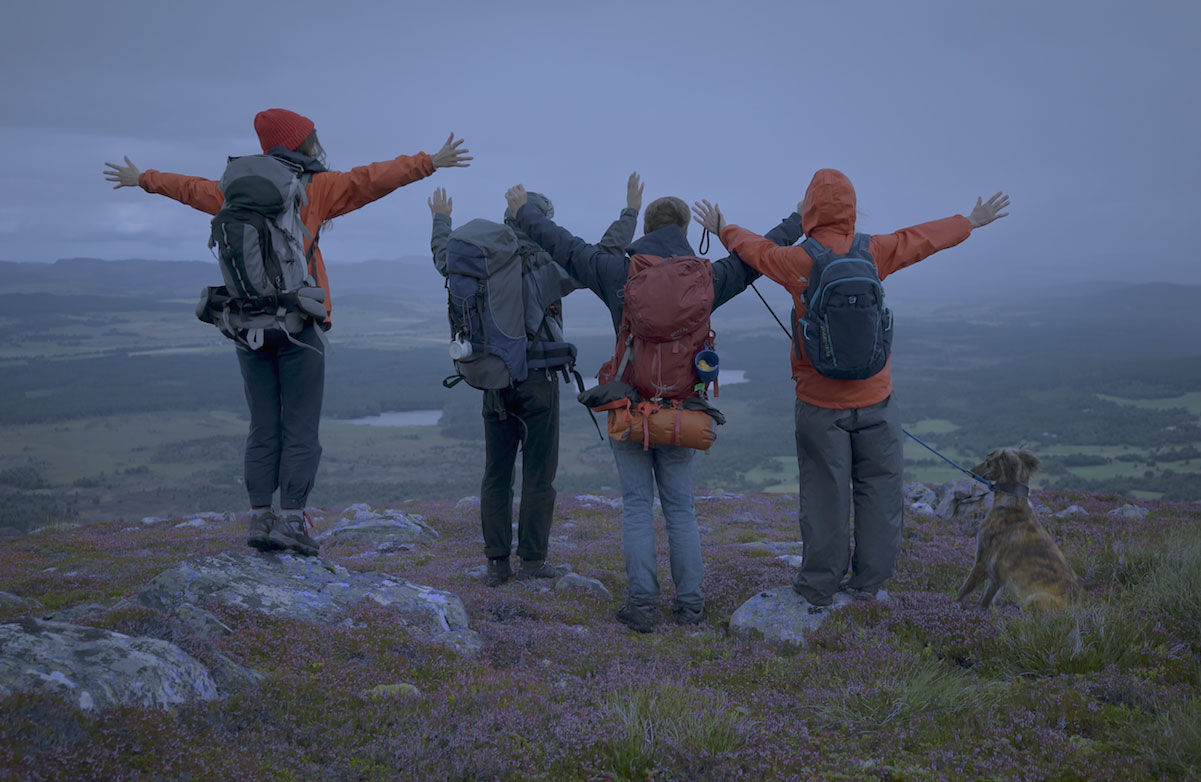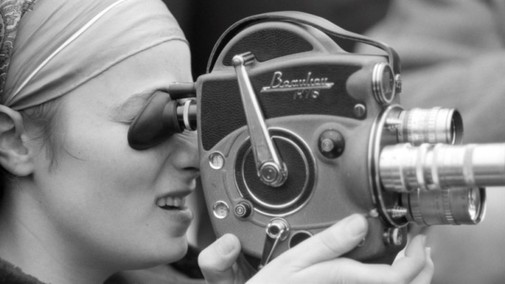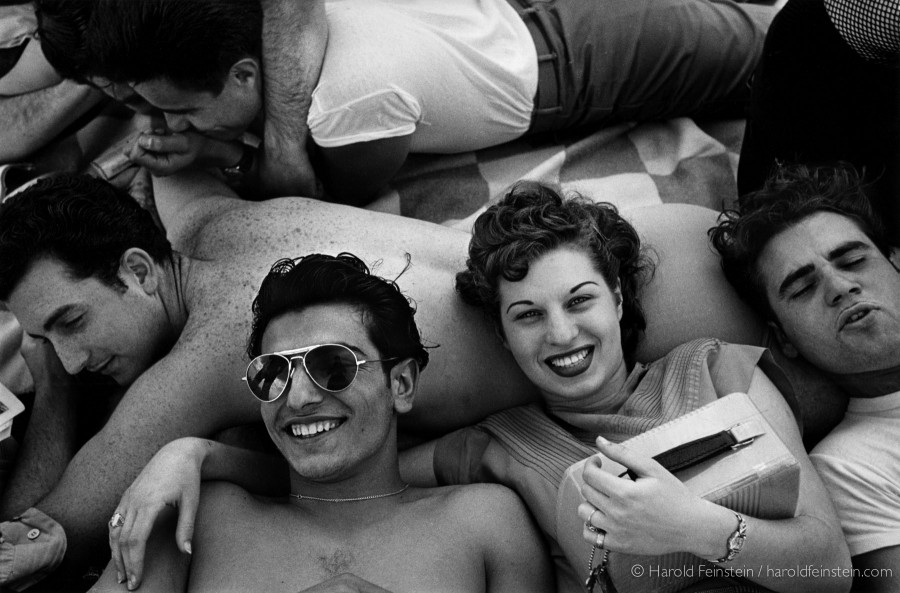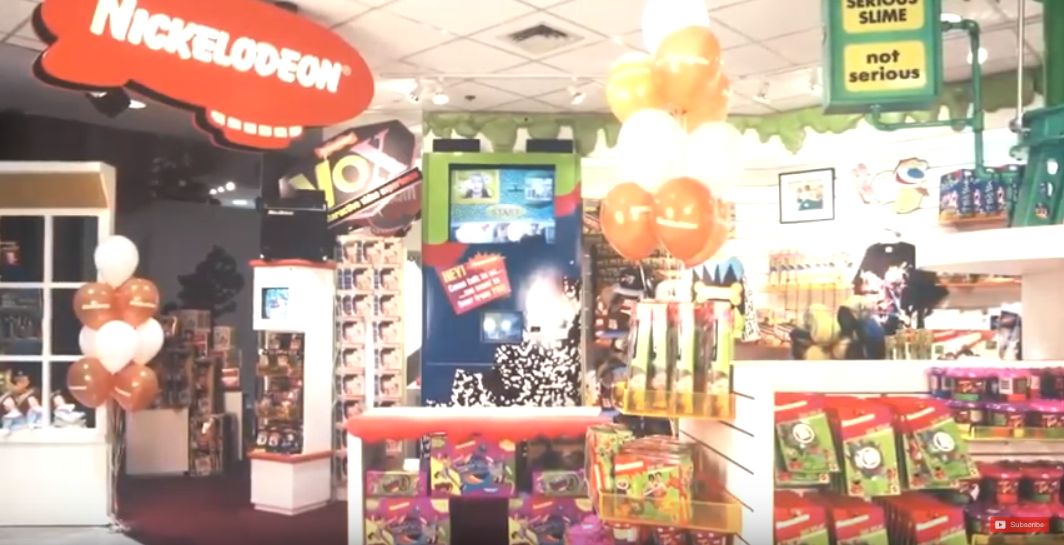By Glenn Dunks

DOC NYC starts today in New York where something like 100 films will screen. Of the 300+ screenings and events, there are 135 features and 43 world premieres including the just announced screening of the once-thought-lost Aretha Franklin concert doc Amazing Grace. We will be looking at a just a small slice of the selections based loosely around themes. Part one is focused on memories of the past returning to the surface and involves four films which are about grieving families, the NYC art scene of the 1960s, an underappreciated photographer, and the rise of the Nickelodeon network.
EVELYN
Despite his familiarity with war zones in the Oscar-nominated Virunga from the frontlines of Congo’s bloody poaching crisis and Oscar-winning short The White Helmets from the Syrian civil war, director Orlando von Einsiedel has apparently been less well-equipped to deal with the wars of his own family’s anguish. His latest film, recently nominated for the BIFA Best Documentary prize, is an examination of his own family following the suicide of his brother many years ago. Sending himself out into the Scottish highlands alongside various family members and childhood friends for a series of memorial treks, he hopes the wintry walks will allow his family a chance to talk and confront their pain head-on like they have never done before...

Evelyn – pronounced Eve-lyn and so named after Orlando’s brother – is an often powerful film, with von Eisensiedel’s camera, planted firmly in the middle of this fragile and potentially damaging family reunion in the wild, capturing many raw and highly emotional moments of both pain and catharsis. That these people have never spoken this way makes it only more so.
What is perhaps most interesting about the film, however, is its portrait of Orlando himself. Separate from the central drama of the film, it is often fascinating to watch this director direct the people around him in ways that are both glaringly obvious and others that are far more subtle. Knowing a good moment when he spots it, he often mentions his family’s mission to passing strangers and captures reactions that you couldn’t script. Of course, at one moment it is pointed out that perhaps he is directing everybody around him in order to not have to confront his own feelings. When that moment comes, it shows a filmmaker curiously at ease in front of the camera detailing the thoughts and the emotions that one would normally stand behind the camera in order to express. [Evelyn screens Sat Nov 10.]

BARBARA RUBIN & THE EXPLODING NY UNDERGROUND
There are countless films about the underground art and film scene of New York City of the 1960s onwards. The 81 titles said to feature Andy Warhol as either himself, in archival footage, or as a character barely scratches the surface. Just this year alone we've had the documentary Debbie Harry: Atomic Blondie, dramatic feature Nico 1988 and multiple references in television series. And yet the story of Barbara Rudin isn’t one that is often spoken of.
Often overshadowed by the more controversial perversions of Jack Smith’s Flaming Creatures, the film for which she is best known – and even then admittedly only in certain niche circles – is her duel-projection classic Christmas on Earth. That film, located somewhere at the intersection of vulgar pornography and a celebration and worship of the human body, is a feminist masterpiece and an essential work of the American avant-garde. I’ve seen it, and luckily on a big screen (well, as big as an experimental co-op operating out of a shed can provide) and I was thankful for Chuck Smith’s exploration of her life and his contextualizing of her legacy.
Rubin played an important role in many of the underground scene’s most famous moments like introducing The Velvet Underground to Warhol, as well as fighting for the broadening of experimental cinema’s cultural remit, introducing Bob Dylan to Jewish mysticism and working with Allan Ginsburg. Regarding him, many fans of the era will likely thrill to a quasi-reconstruction of a lost Rubin film titled Allan on Allan. Utilising a range of experimental aesthetics, Barbara Rubin & The Exploding NY Underground is lovingly possessed with a cracking spirit of discovery, even if we’ve heard many of the stories before. For an audience who may be unfamiliar with this relative titan, and even those who were, this film offers her are much-needed spotlight that simultaneously offers the audience a fresh perspective from which to view this endlessly fascinating era. [Barbara Rubin & the Exploding NY Underground screens Sun Nov 11.]

LAST STOP CONEY ISLAND: THE LIFE AND PHOTOGRAPHY OF HAROLD FEINSTEIN
Photography has always been my favourite artform outside of the movies. If there is a photography museum or exhibit, I will want to be there. Funnily enough, movies about photography rarely reach the heights of either medium if only because the simple concept of moving picture runs somewhat counter to photography’s strongest assets of capturing one single moment in time and letting us luxuriate in it. One of the most vital elements of Andy Dunn’s Last Stop Coney Island then is that while we may wish we could pause on every one of Harold Feinstein’s photographs that so gloriously fill the screen, the film evokes the romanticism and the charm, the tenderness and the divinity of its subjects best work.
Last Stop Coney Island asks the question of why he never received the attention and the acclaim that he deserves. It never becomes Finding Vivian Maier simply because the story behind Feinstein’s absence in the art world’s zeitgeist isn’t that interesting. His career fate was the same of so many artists.
Feinstein was a man who could effortlessly glide through society and simply capture life as it was. Focused predominantly on people, many of his most accomplished and notable works were from boardwalks of Coney Island where he was born, captured in stunning 35mm black and white photographs. It’s a location so etched into his veins that he says it was like he fell out of his mother’s womb to the sound of screams from The Cyclone rollercoaster. It’s a film glazed in nostalgia, yet not stifled by it. Partly because Feinstein’s work was so resistant to it, but also because the film acknowledges and goes to efforts to prove that his work was supremely contemporary. [Last Stop Coney Island: The Life and Photography of Harold Feinstein screens Wed Nov 14 and Thu Nov 15.]

THE ORANGE YEARS: THE NICKELODEON STORY
Strictly for those of a certain generation, this by-the-numbers documentary about the rise of the Nickelodeon network will no doubt provoke an overdose for audiences already living on a high dose of nostalgia for the 1980s, ‘90s and ‘00s. Not having grown up in America, the story of Nickelodeon was significantly new to me, although the way it is told is little more than a Wikipedia reading but with video.
I wish the film were more creative with its storytelling, but occasionally vibrant animations offer a break from its rote visuals. If it comes off like an in-house production celebrating their 40th anniversary then you wouldn’t be wrong. But those with fond memories of the network from an era that looks more and more foreign as the years go by will likely find the film has a warm glow that delights even if it is told in a pedestrian manner.[The Orange Years screens Thu Nov 15.]